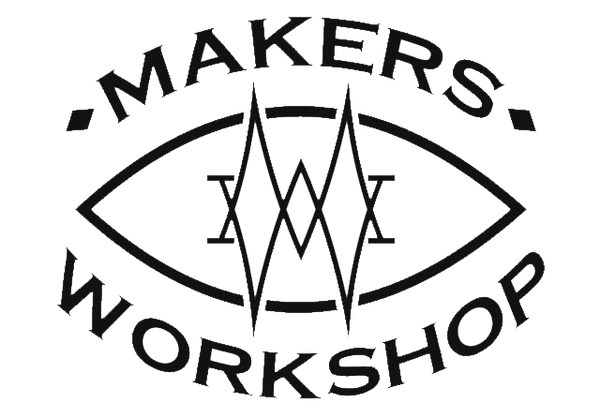What is a 3D Printer?
A 3D printer is a revolutionary device that allows you to bring your digital designs to life by creating three-dimensional objects layer by layer. It uses a process called additive manufacturing, where material is added layer by layer until the final object is formed. Whether you are a hobbyist, an artist, or an engineer, setting up your 3D printer correctly is crucial to ensure optimal performance and successful prints.
1. Choose the Right Location
Find a suitable location for your 3D printer that is well-ventilated and away from direct sunlight. It's important to have good airflow to prevent overheating and to avoid exposure to harmful fumes that may be emitted during the printing process.
2. Level the Print Bed
Properly leveling the print bed is essential for achieving accurate prints. Follow the manufacturer's instructions to ensure that the print bed is perfectly level. This will prevent issues such as uneven layers and adhesion problems.
3. Calibrate the Extruder
Calibrating the extruder is crucial for accurate filament deposition. This process involves adjusting the extruder's steps per millimeter to ensure that the correct amount of filament is being extruded. Improper calibration can lead to under or over-extrusion, resulting in poor print quality.
4. Check the Filament Diameter
Before loading the filament, make sure to check its diameter. Most 3D printers are designed to work with a specific filament diameter, typically 1.75mm or 2.85mm. Using the wrong filament diameter can cause clogs and other printing issues.
5. Clean the Nozzle
Regularly cleaning the nozzle is essential for preventing clogs and maintaining print quality. Use a small wire brush or a specialized nozzle cleaning tool to remove any debris or filament residue that may have accumulated.
6. Adjust the Print Settings
Take the time to familiarize yourself with the various print settings available in your 3D printer's software. Adjusting parameters such as layer height, print speed, and infill density can greatly impact the final print quality and strength.
7. Use Proper Bed Adhesion Techniques
To ensure that your prints adhere properly to the print bed, consider using techniques such as applying a thin layer of adhesive, using a heated bed, or using a specialized print surface like a PEI sheet or a glass plate with a glue stick.
8. Monitor the Print
While it may be tempting to leave your 3D printer unattended, it's important to monitor the print progress, especially during the initial setup phase. This will allow you to catch any issues early on and make adjustments if necessary.
9. Post-Processing and Finishing
Once your print is complete, take the time to properly post-process and finish it. This may involve removing support structures, sanding rough edges, or applying a coat of paint or varnish to enhance the appearance of the print.
10. Maintain and Clean Your Printer
Regular maintenance and cleaning are essential for keeping your 3D printer in optimal condition. Follow the manufacturer's guidelines for routine maintenance tasks such as lubricating moving parts, cleaning the print bed, and replacing worn-out components.
By following these 10 tips, you'll be well on your way to setting up your 3D printer for success. Remember, patience and attention to detail are key when it comes to achieving high-quality prints. Happy printing!

